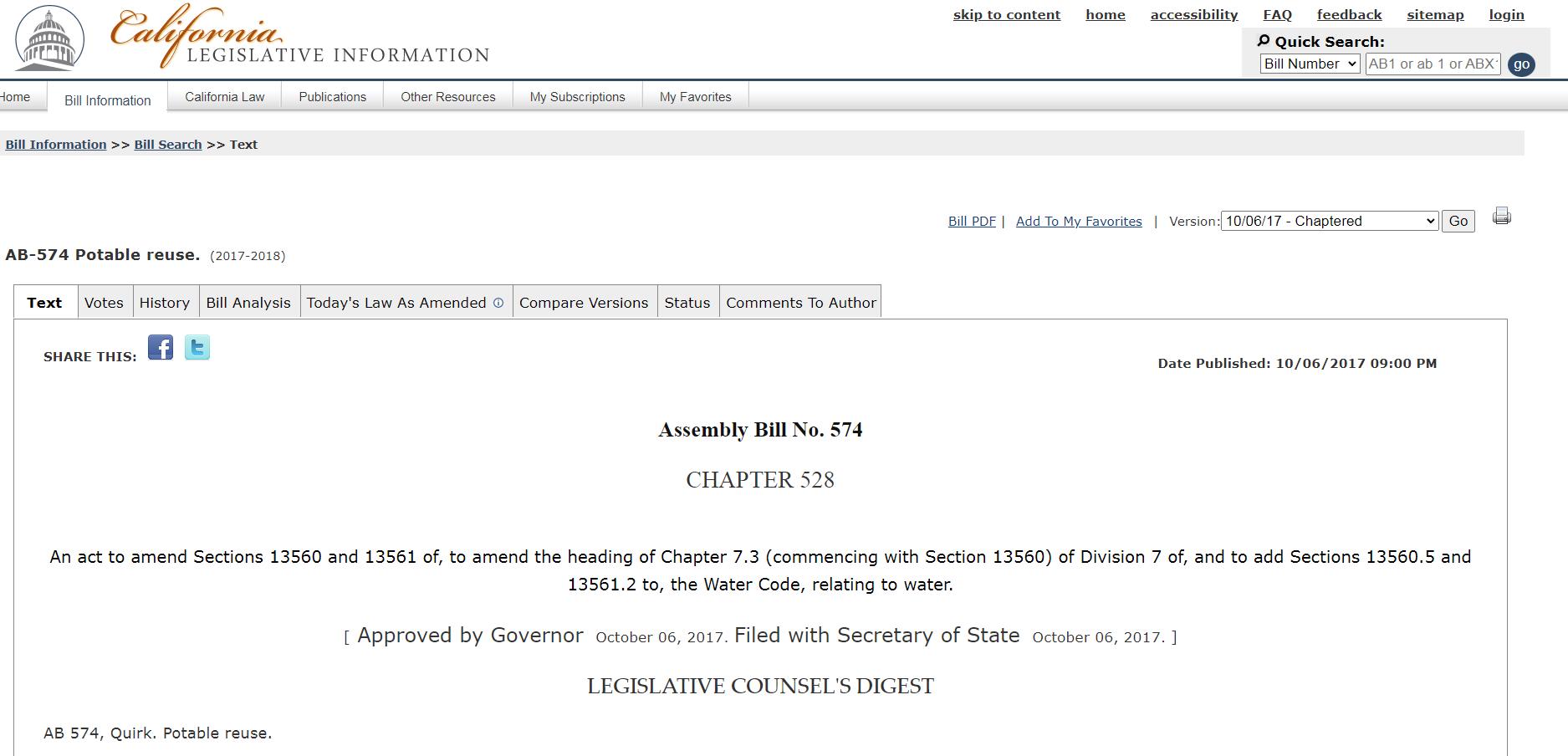
California’s plan to recycle sewage into drinking water is a risky decision, raising concerns about public health and safety. Introducing treated wastewater into the same pipes that deliver drinking water lacks thorough consideration of potential contamination and long-term consequences, especially given the state’s history of extreme droughts.
While there’s a noted shift in public opinion, the approval of such a plan doesn’t guarantee its wisdom. Past backlash against similar projects suggests initial skepticism was justified, and California’s recurrent droughts call for a more cautious approach to water management.
The prospect of using treated sewage in kitchen faucets is particularly worrisome. Despite technological advancements, the inherent risks and public aversion should not be dismissed hastily. A more transparent and comprehensive assessment is needed to address potential environmental and health impacts before implementing such a drastic measure, ensuring the safety of California residents.
I drank water made from human feces. Here’s an update on the machine that produced that water: http://t.co/Bd05wl9CAM pic.twitter.com/w78xVYswSH
— Bill Gates (@BillGates) August 12, 2015
via ktla:
“When a toilet is flushed in California, the water can end up in a lot of places: An ice skating rink in Ontario, ski slopes around Lake Tahoe, and farmland in the Central Valley.
And — coming soon — kitchen faucets.
California regulators on Tuesday approved new rules to let water agencies recycle wastewater and put it right back into the pipes that carry drinking water to homes, schools and businesses.
It’s a big step for a state that has struggled for decades to have a reliable source of drinking water for its more than 39 million residents. And it signals a shift in public opinion on a subject that as recently as two decades ago prompted backlash that scuttled similar projects.
Since then, California has been through multiple extreme droughts, including the most recent one that scientists say was the driest three-year period on record and left the state’s reservoirs at dangerously low levels.”
Assembly bill AB-574 2017-2018
https://leginfo.legislature.ca.gov/faces/billTextClient.xhtml?bill_id=201720180AB574
CALIFORNIA PREPARES TO TRANSFORM SEWAGE INTO PURE DRINKING WATER UNDER NEW RULES (LA Times)
California is set to adopt regulations that will allow for sewage to be extensively treated, transformed into pure drinking water and delivered directly to people’s taps.
The regulations… pic.twitter.com/fnRTinfEjt
— FXHedge (@Fxhedgers) December 20, 2023
h/t inna